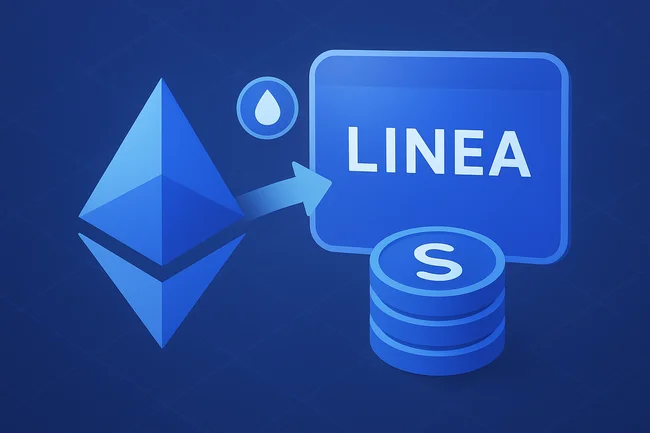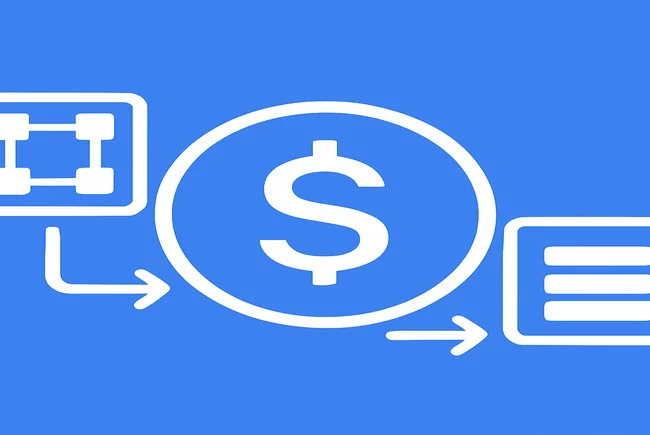A bridge mechanism allows different blockchain networks to communicate and exchange data or assets. It acts as a connector, enabling transfers between two distinct ecosystems that operate using different protocols.When users want to move assets like tokens from one blockchain to another, a bridge locks the original asset on the source chain and creates a corresponding wrapped or synthetic asset on the destination chain. This process ensures that the total supply of the asset remains stable and secure.Bridges enhance interoperability and improve user experience by broadening access to various decentralized applications and services. They can facilitate actions like trading, borrowing, and lending across different platforms, enriching the overall functionality and liquidity of the blockchain space.However, these mechanisms can also present security risks, as vulnerabilities in bridge protocols may be targeted by attackers. Proper auditing and secure coding practices are essential to mitigate such risks and foster trust among users.
Aave Labs Acquires Stable Finance to Expand Consumer DeFi Products
Aave Labs has acquired Stable Finance, a San Francisco-based fintech company focused on stablecoin savings, in a move to strengthen



